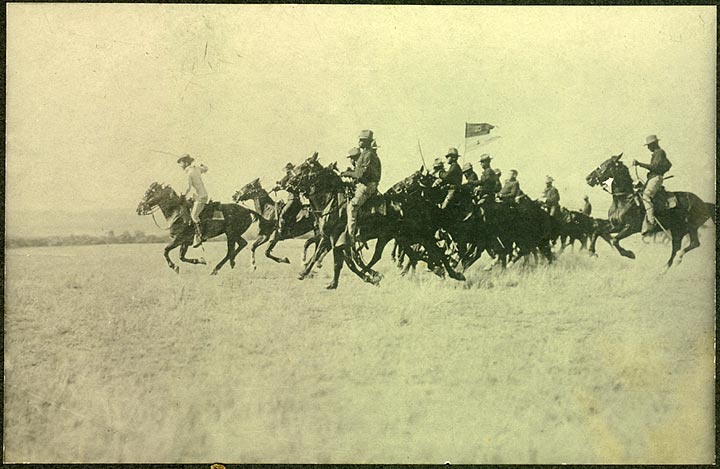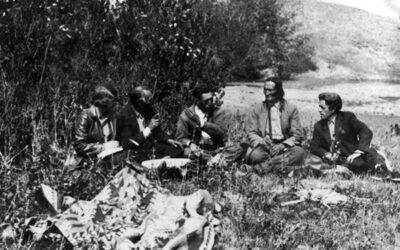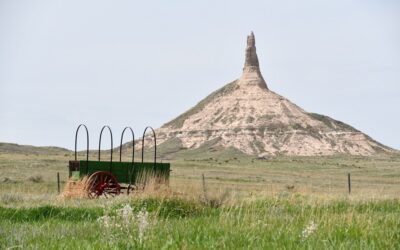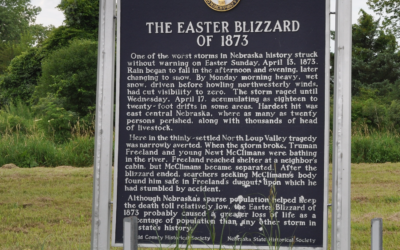Black soldiers of the Ninth and Tenth U.S. Cavalry (called “buffalo soldiers” by the Plains American Indians) garrisoned Fort Robinson for eighteen years and played an important role in northwestern Nebraska’s history. In 1885 the Ninth Cavalry arrived at Fort Robinson, which was regimental headquarters from 1887 to 1898. The black troopers helped build the new post during the fort’s 1887 expansion and were the first cavalrymen sent to the Pine Ridge Reservation during the Ghost Dance of 1890. Lt. John Alexander, the second African American graduate of West Point, and Henry Plummer, the first black chaplain in the regular army, served here. So did ten buffalo soldiers who received the Medal of Honor.
These photographs depict just a few of the buffalo soldiers who served at Fort Robinson.
![Band member, 9th Cavalry, probably Ft. Robinson, NE [RG1517.PH000093-000030]](https://history.nebraska.gov/wp-content/uploads/2017/07/blog-_-img_103306.jpg)
Cabinet card portrait of an African American “buffalo soldier,” probably a member of the Ninth U. S. Cavalry band, about 1890. (RG1517.PH000093-000030)
![Unidentified portrait of a Tenth Cavalry soldier and his family [RG1517.PH000093-000036 ]](https://history.nebraska.gov/wp-content/uploads/2017/07/img_103307.jpg)
Unidentified portrait of a Tenth Cavalry soldier and his family, by A. W. Baumman, Crawford, Nebraska, about 1904. (RG1517.PH000093-000036)

Troop I, Tenth Cavalry at full gallop, Fort Robinson, about 1904. (RG1517.PH000093-000012 )
![Troop 1, 10th Cavalry, Saturday inspection. [RG1517.PH000093-000005]](https://history.nebraska.gov/wp-content/uploads/2017/07/img_103304.jpg)
Saturday inspection, Troop I, Tenth Cavalry, Fort Robinson, about 1904. (RG1517.PH000093-000005)



